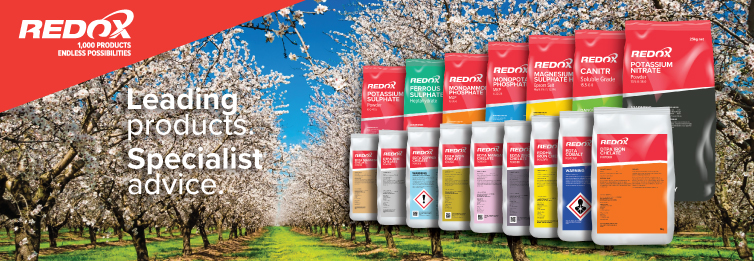The tree nut industry in Australia accounts for nearly 40% of all Australian horticultural exports. This is dominated by Almond production which represents more than 50% of the total area planted at 44000 hectares. The Iconic native Macadamia accounts for about 30% of total area planted at 25000 hectares, followed by Walnuts, Pecans, Chestnuts, Pistachio and Hazelnuts. The Australian industry has excelled from paddock to processing, which has resulted in the biggest expansion in a decade with new plantings and infrastructure going in to push the farm gate value to $1.7 billion by 2025. (Australian Nut Industry Council)
There are some distinct differences and similarities in the phenology of Australia’s tree nut crops. The stand out examples are Almonds being deciduous trees and our native Macadamia’s being evergreen. The deciduous Almond trees shed their leaves and enter a dormancy period over the cooler months before a spring flowering. The evergreen Macadamia retains its leaves year round and the floral buds initiate in late autumn but remain dormant over winter before recommencing growth late winter/early spring for a spring flowering. In northern Queensland the Macadamia continues to grow over this period. Both trees are trying to achieve the same objective which is to intercept radiant energy from the sun and convert this into carbohydrates which are used for growth and maintenance of the tree.
During the life cycle of nut trees, there are a number of factors that a grower can influence, to ensure the trees remain healthy, vigorous and productive. These include soil and site management, water and irrigation management, bee husbandry, pollination, nutrient management and application, canopy management and pest and disease management. Soil tests and leaf samples will supply the base to form a strategic and targeted fertiliser programme, combine this with yield targets and historical data and you can accurately apply the nutrients you need to produce a crop and maintain tree health and vigour. Understanding your trees phenology is especially important to feeding your nut tree the nutrients it needs at the right time.
Phosphorus is a key element for young tree establishment, driving root growth and early crop development. Phosphorus is also critically important for flowering, and nut set development in established trees. Nitrogen, sulphur and potassium are used in conjunction to drive vegetative growth and establish good leaf coverage and canopy. Flowering and early nut set are critical phases in tree nuts. Boron, zinc and copper are key trace elements required for flowering and growth and are either applied mid-season and in deciduous trees post-harvest to ensure adequate levels for the following flowering. Once the flowers drop and the crop sets the nut, the tree requires a regular supply of calcium to lay down in the developing cell walls of the nut crop. Nut fill to harvest requires plenty of potassium which drives sugar and starch production. Post-harvest is a good opportunity to address and replace some of the depleted nutrients and ensure the tree has the required nutrients for the following spring. Understanding your trees phenology, combined with your soil and climatic conditions are the foundation to sound decision making and a successful orchard.
This article first appeared in Good Fruit & Vegetable magazine October 2020
